
Ever noticed how we’re still typing questions into little boxes like it’s the 1990s? We’ve got these unbelievably smart systems, but interacting with them can feel… well, a bit like talking through a keyhole. It works, but it’s not exactly natural. What if instead of just exchanging messages, you could brainstorm, create, and explore ideas together in a shared space that grows with you? That’s the exciting shift happening right now—and it’s about to change how we work, learn, and even play.
From Command Lines to Living Canvases: How AI Interfaces Are Evolving
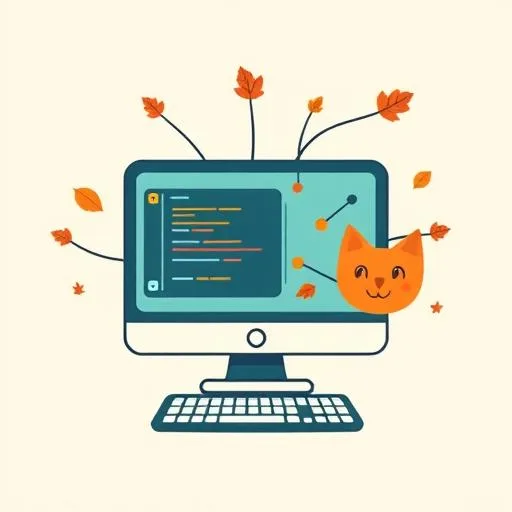
Think about it: the most advanced AI in history, and we’re still basically asking it questions like we’re typing into an old-school terminal. It’s functional, sure—but as one thinker put it, it’s like having a world-class chef who can only serve food through a straw. You’re getting the nutrients, but missing the joy, the aroma, the shared experience around the table.
Now imagine something different. Imagine opening a digital canvas where you and the AI can both move ideas around, restructure thoughts on the fly, and build understanding together. Tools like Claude’s canvas are hinting at this future—spaces that feel less like a Q&A session and more like a collaboration. Here’s why this matters: It’s not about replacing human creativity; it’s about amplifying it.
Why Chat Isn’t the Endgame for Natural AI Interaction

Don’t get me wrong—chat interfaces are incredibly useful. They’re not going anywhere. But as humans, we don’t just think in linear text; we think in relationships, patterns, and connections. We visualize, we gesture, we sense. Right now, we’re forcing ourselves to cram all that richness into typed sentences, then unpack the answers back into understanding. It’s a lot of translation work for our brains! Sound familiar?
Studies suggest we’ve overlooked something vital: the need for interfaces that align with human cognition, not the other way around. Whether it’s through voice, gesture, or dynamic visual tools, the goal is to make working with AI feel as natural as working with a thoughtful partner. It’s about reducing cognitive load so we can focus on what humans do best: big-picture thinking, empathy, and creative leaps.
A Quick Family Moment: When Tech Feels Like Play
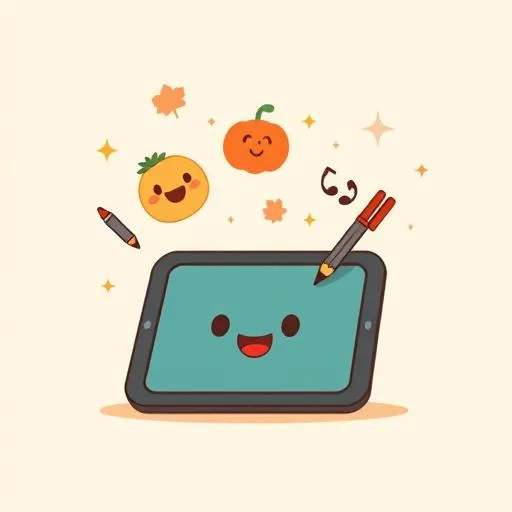
I’ll never forget watching my kiddo try out a simple drawing app that responded to her voice and movements. She wasn’t typing commands; she was chatting, pointing, laughing—and the app adapted in real time. Her eyes lit up. That’s the kind of intuitive interaction we’re starting to see emerge in professional tools too. It’s not just about efficiency; it’s about engagement, joy, and feeling understood.
The Future Is Adaptive and Personal: AI Interfaces Tailored to You
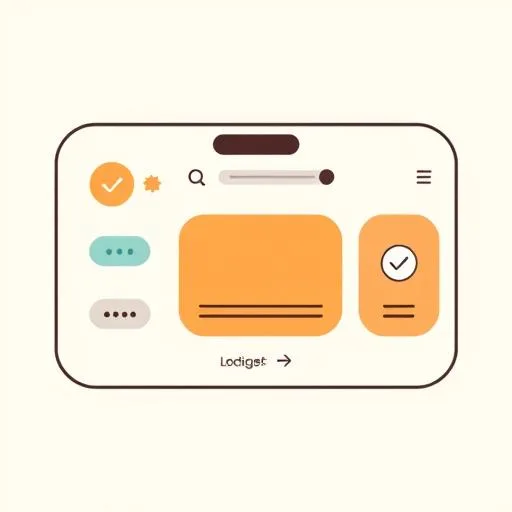
Here’s where it gets really exciting: generative UI. Instead of one-size-fits-all interfaces, imagine tools that dynamically reshape themselves to fit you—your preferences, your tasks, even your mood that day. It’s like having a workspace that rearranges itself to help you think better. Early research suggests we’re moving from designing for the “average user” to designing for the individual, with AI tailoring experiences in real time.
This isn’t just a tech upgrade; it’s a shift toward technology that serves us more humbly and flexibly. It realizes we’re all wired differently—with different strengths, rhythms, and ways of processing information. And that’s a hopeful thought—because it means technology is learning to adapt to us, not the other way around.
What This Means for Your Work and Growth with AI
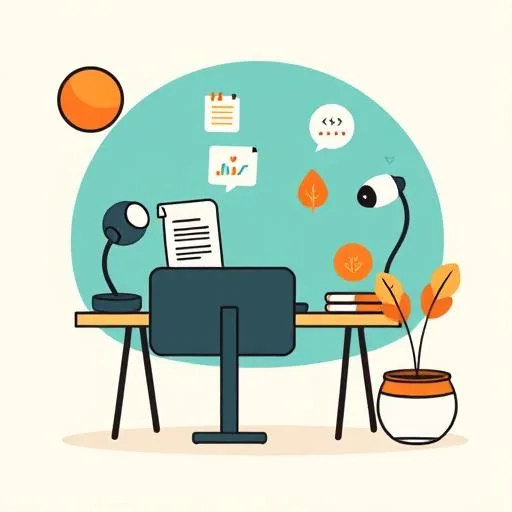
So how does this affect you? Whether you’re designing projects, analyzing data, or creating content, these evolving interfaces can help you work more intuitively and joyfully. They promise to take over the repetitive, cognitive-heavy tasks—like structuring information or testing layouts—so you can focus on the parts of your job that require human insight and heart.
Think about it as gaining a collaborative partner that handles the tedious stuff, while you steer the ship. That’s not just efficient; it’s empowering. It frees up mental space for innovation, connection, and those aha moments that make work meaningful.
Embracing the Shift with Confidence and Curiosity
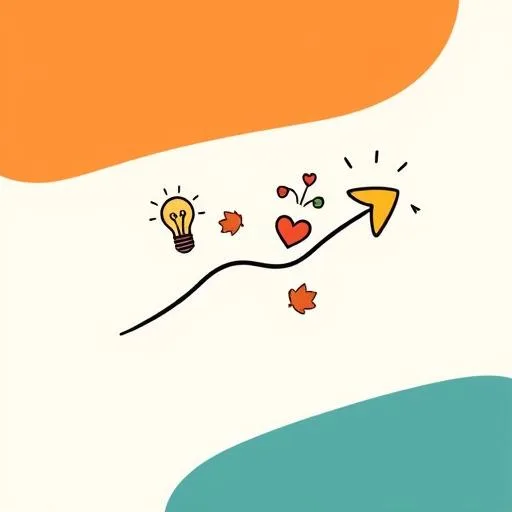
Change can be daunting, especially when it involves tech that feels… well, intelligent—but here’s the encouraging part: these advances are rooted in a simple idea—making technology more human-centered, more supportive, and more aligned with how we actually live and think.
We’re on the brink of interfaces that don’t just respond to commands but anticipate needs, collaborate naturally, and foster creativity. It’s a future where technology feels less like a tool and more like a trusted teammate. And that’s something worth looking forward to—with hope, curiosity, and maybe even a little excitement.
Next time your kid laughs while drawing with an app, notice how effortlessly she collaborates—maybe we adults could learn something?
Source: Re-imagining AI Interfaces, Lesswrong, 2025/09/08 19:38:23
